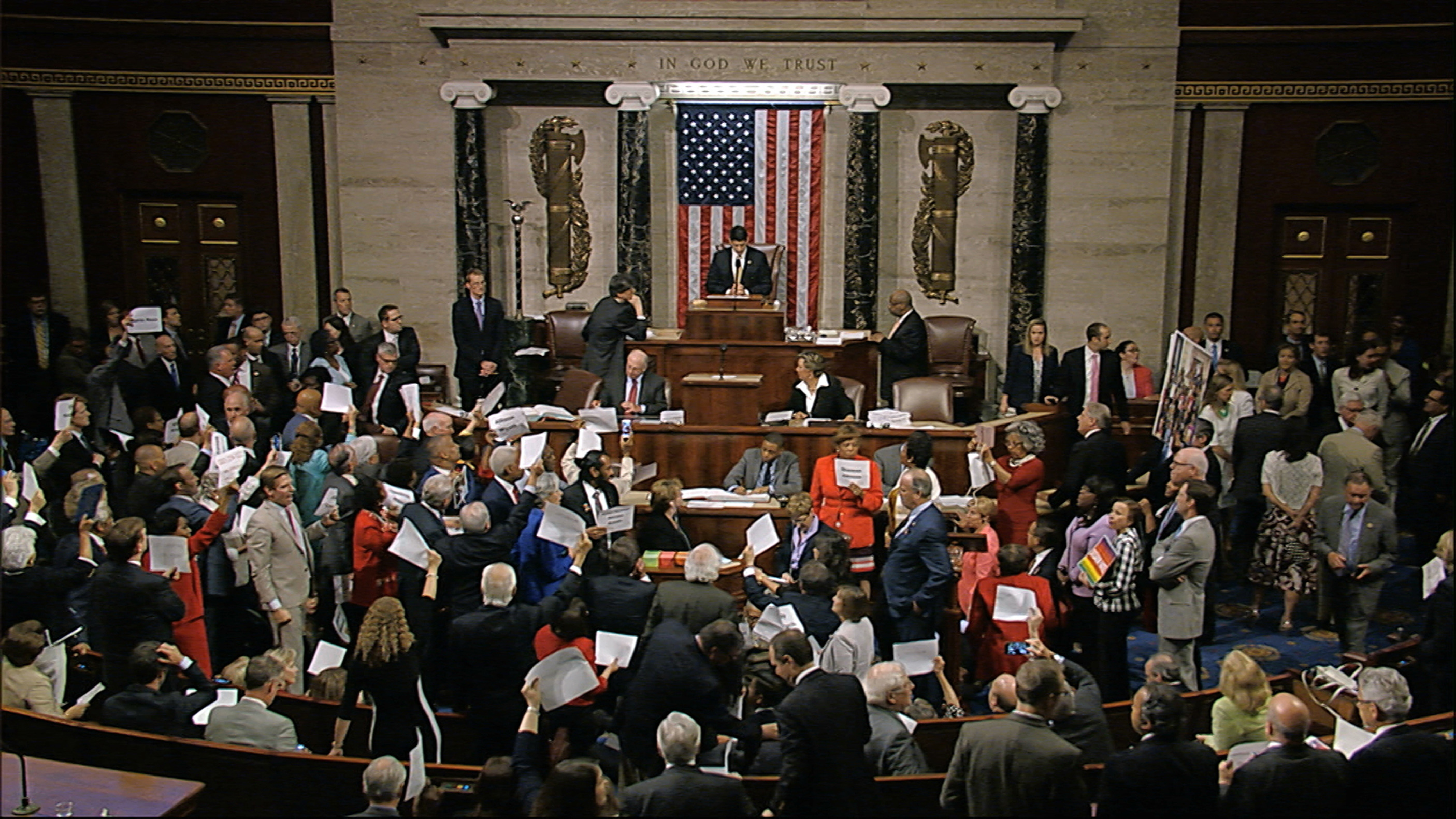
In a society built on alleged transparency, nothing scares power like the free exchange of information.
When Democrats occupied the floor of the U.S. House of Representatives, House Republican leaders ordered cameras, which they control, turned off. C-SPAN, which doesn’t control the cameras, resorted to using representatives’ Periscope accounts instead.
There’s nothing illegal about the Republicans’ tactics. The sit-in is designed to focus media attention; the Republicans’ strategy is to to deny them the opportunity.
Still, what are they afraid of? People seeing things for themselves.
Reporters tried to get House Speaker Paul Ryan to allow them to photograph the scene, but he denied the request citing a precedent set in 1979. 1979. Not exactly the gestational period of our democracy.
Across the street from Capitol, of course, the U.S. Supreme Court has closely guarded its quill-pen ways, denying even the most basic video coverage of oral arguments for cases that affect and change the lives of the little people.
That mentality extends to Minnesota, too, where efforts to open up the state’s courts to cameras have mostly been a smokescreen to keep the status quo.
That much was proven — again — yesterday when Carver County district court judge Kevin Eide denied the media the opportunity to provide video coverage of court sessions surrounding the battle to control the estate of Prince. Rules allow for paternity proceedings to be held in private.
In May he denied a similar request at a hearing because family members didn’t have enough notice. This time, they did. And he denied the request anyway. Like Speaker Ryan’s 1979 “rule,” any reason will do when your goal is simply to keep people from seeing for themselves what their institutions are up to.
It’s been 30 years since the Minnesota Supreme Court started considering experimenting with video.
Last August, the chief justice ordered cameras be allowed in the state’s courts for criminal cases. But, as I wrote at the time, the order was paper-thin, tightly controlled the elements of trials that could be shown, and rendered the headlines the order garnered relatively false.
In his dissent, then justice Alan Page objected to letting the people into the courts because, he said, newspapers and radio can provide better information.
The powerful say they are afraid that cameras will make a mockery of their institutions and destroy their dignity.
Related: Federal court opinion blocking California law that bans use of Assembly video (Washington Post)

